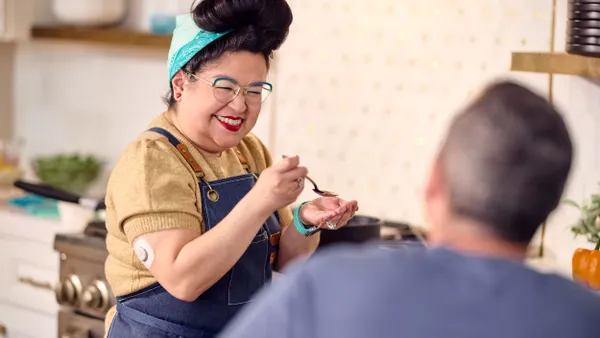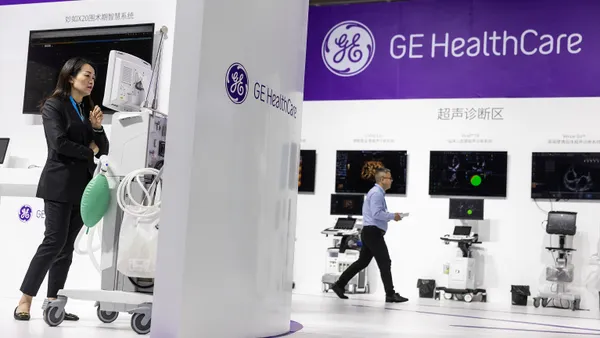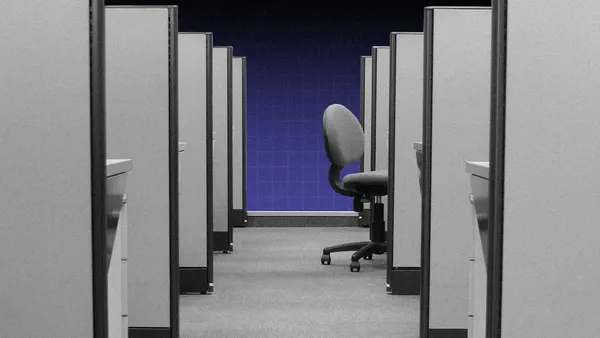Dive Brief:
- Zimmer Biomet and FDA on Friday announced the approval of a humanitarian device exemption (HDE) for a first-of-its-kind treatment for scoliosis in children and adolescents. The HDE approval pathway is for devices that treat or diagnose a condition that affects fewer than 8,000 patients a year.
- The Zimmer Biomet device, called Tether, consists of a flexible cord connected to a system of vertebral screws and anchors. Tension is applied to the tether during surgery to correct the patient’s spinal curve. The implant is positioned using a minimally invasive approach through small incisions on the side of the patient’s chest.
- The approval was based on clinical data supporting the safety and probable benefit of the device from a study of 57 patients, FDA said.
Dive Insight:
Medical device development for children is a public health priority, recognized in the 2007 Pediatric Medical Device Safety and Improvement Act that established the area as a research priority and paved the way for the Pediatric Device Consortia grants program.
Pediatric approvals are gradually rising, having reached their highest level in a decade in 2017, with 16 PMAs and two HDEs representing 27% of all device approvals, according to FDA’s most recent report to Congress on the effort.
Sideways curvature of the spine, called idiopathic scoliosis, is the most common spinal deformity in children and is typically diagnosed between the ages of 10 and 18. According to FDA, about 6,800 U.S. children a year will develop progressive scoliosis that does not respond well to conservative treatments such as external bracing or physical therapy.
Zimmer Biomet is positioning its Tether system as an alternative to spinal fusion surgery, which uses rods and screws to fuse the vertebrae to correct the curvature in scoliosis patients. Fusion is often successful, according to FDA, but permanently restricts the spine’s motion.
The Tether device is designed to continue to correct the curvature as the patient grows, while allowing greater range of motion. It is the first device to receive HDE approval in spinal pediatrics in 15 years, according to the Warsaw, Indiana-based company.
In an endoscopic procedure, the screws for the system are placed into the same side of each vertebra in the curved section of the spine. Tension applied to the tether compresses the side to correct the curve. The system slows growth over time on the curved side and promotes growth on the opposite side, the company said.
The data supporting FDA’s approval showed 43 of 57 patients treated with the Zimmer Biomet implant saw enough improvement at two years to deem spinal fusion unnecessary. For patients whose curves are not adequately corrected with the device, spinal fusion remains an option, FDA said.
Serious adverse events were observed with the Tether procedure, including overcorrection of the curvature, tether breakage, and pneumothorax or air leakage into the space between the lung and chest wall, FDA said. General complications consistent with spinal surgery also were seen, including pain, respiratory problems, nerve injury and bleeding.
Zimmer Biomet plans to partner with the Harms Study Group of surgeons who specialize in advancing treatments for children with spinal deformities to develop a patient data registry to assess the long-term performance of the Tether device.











